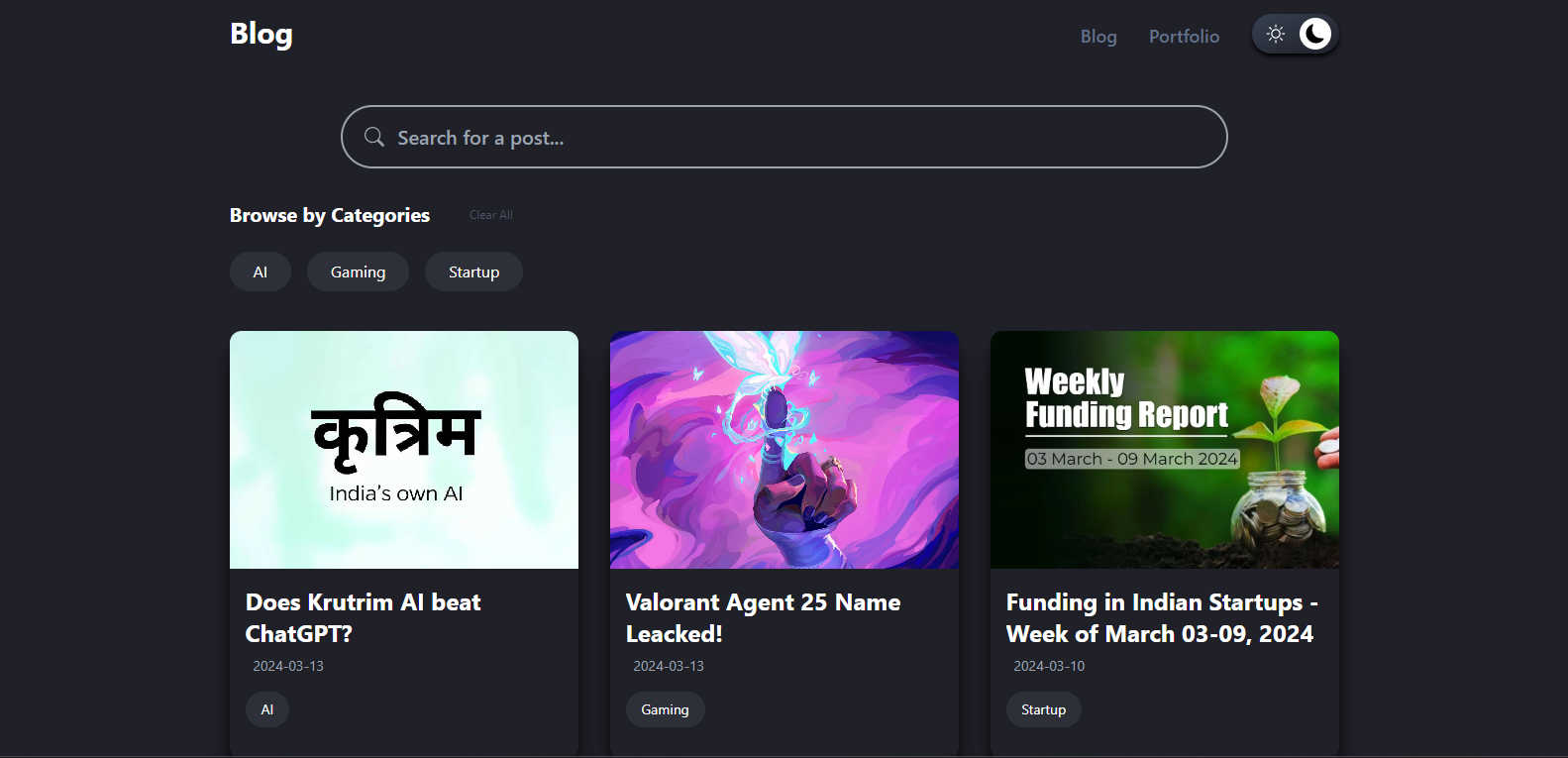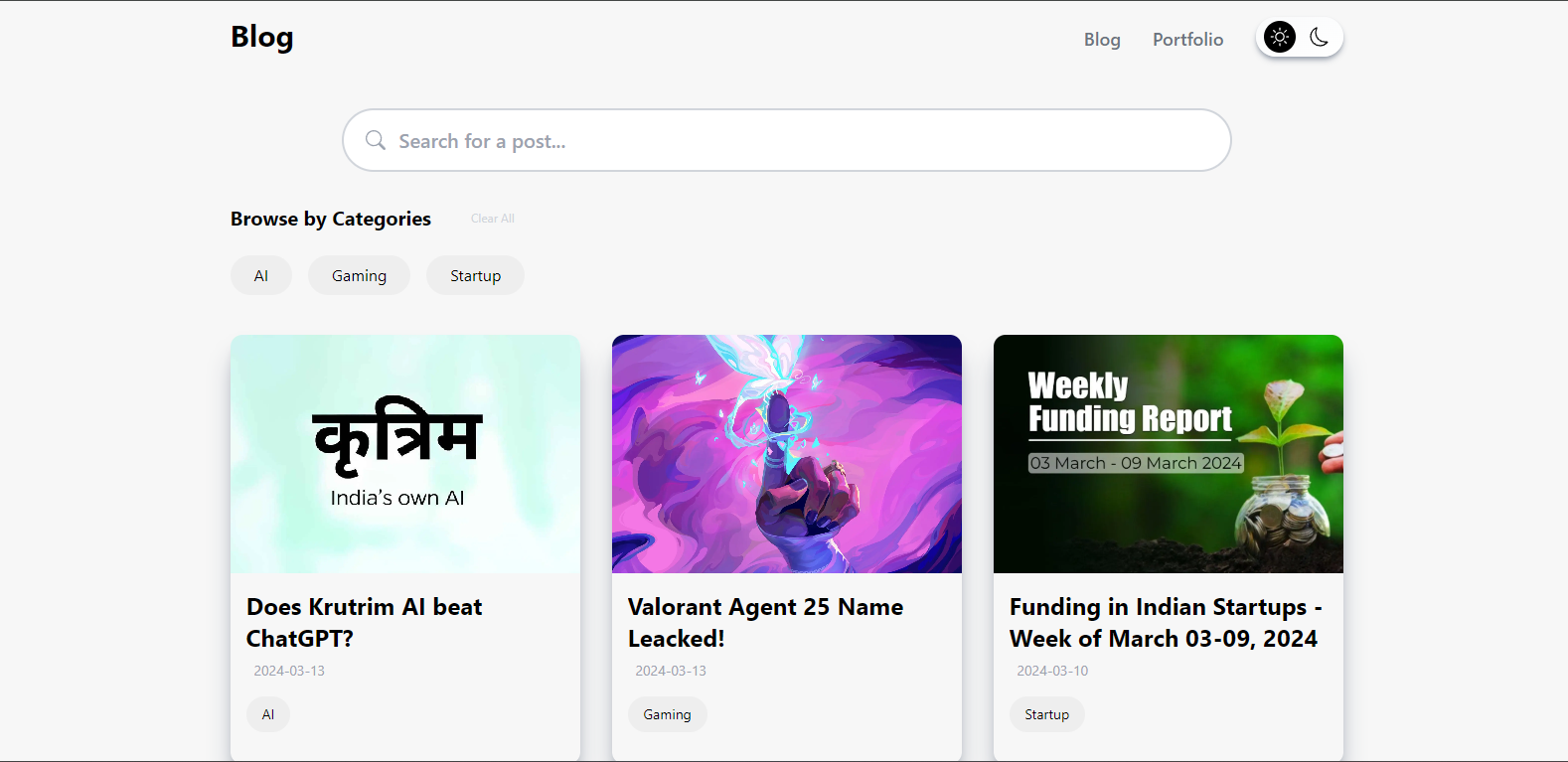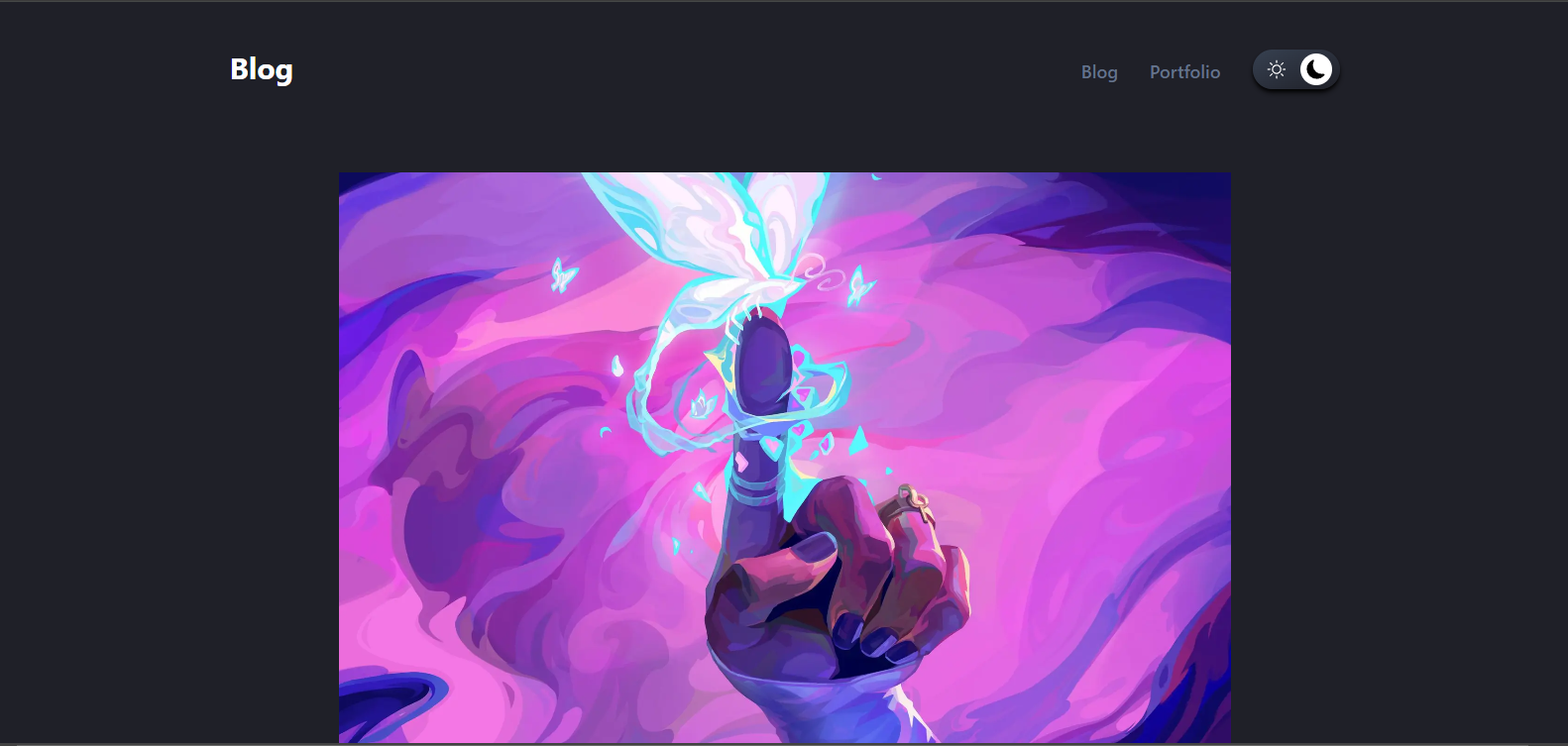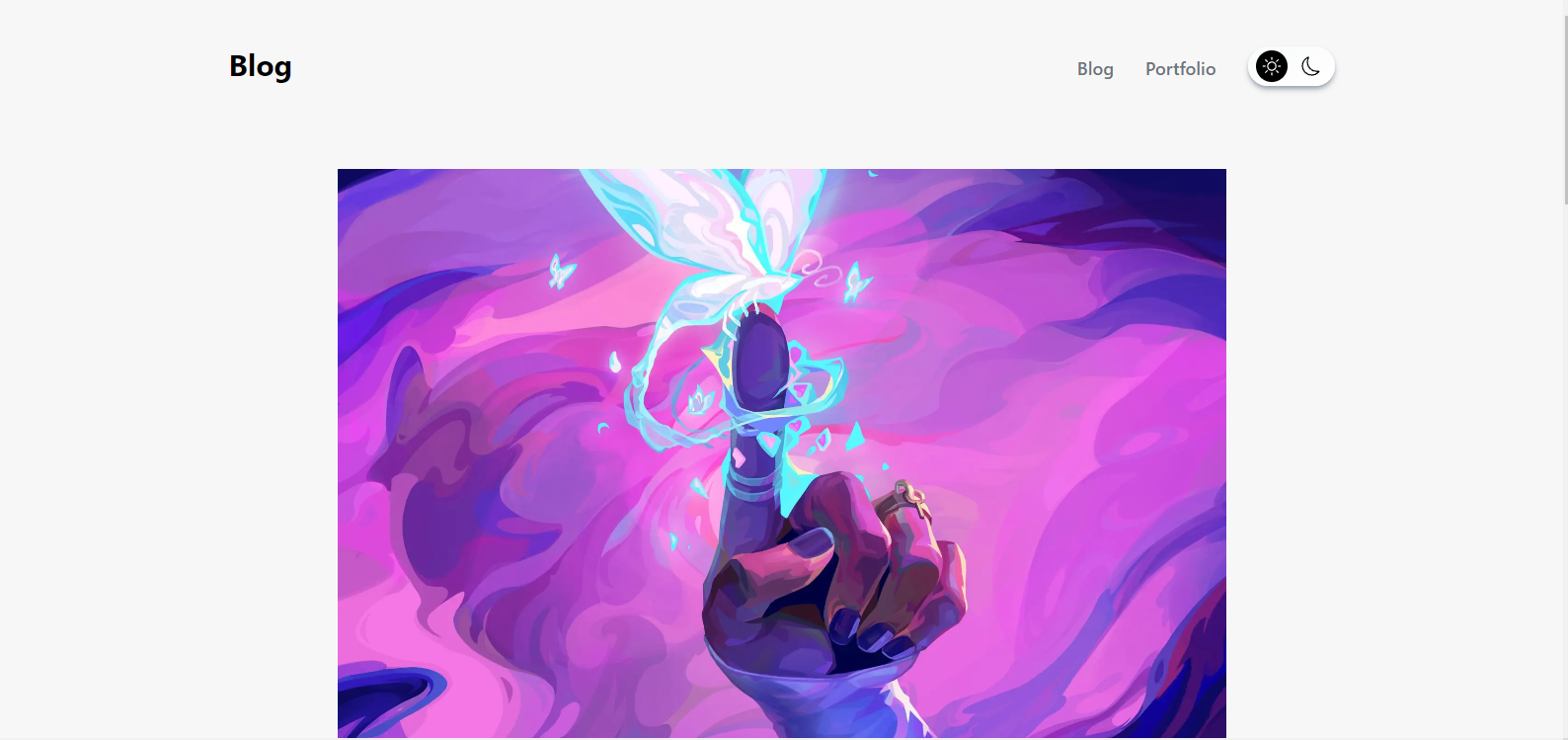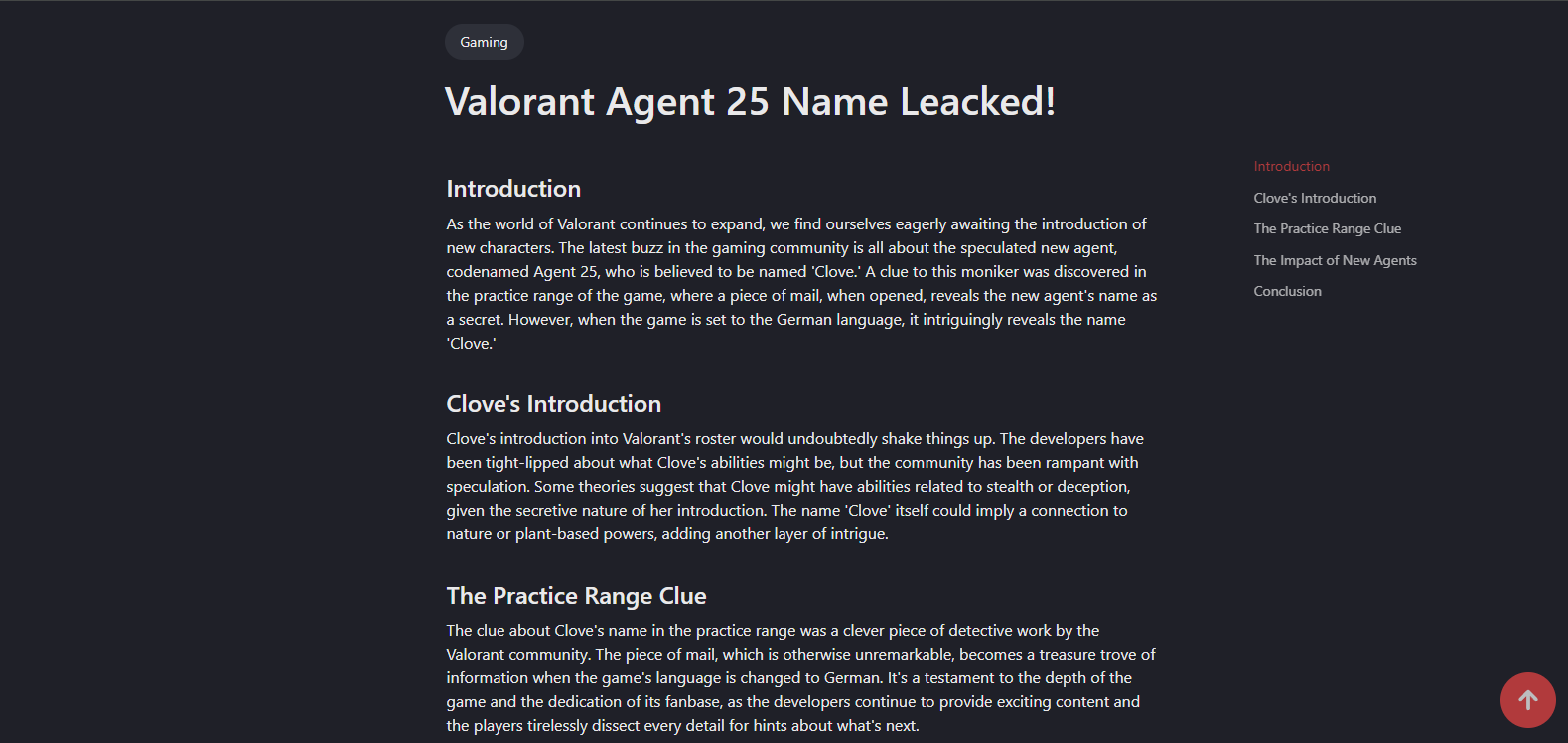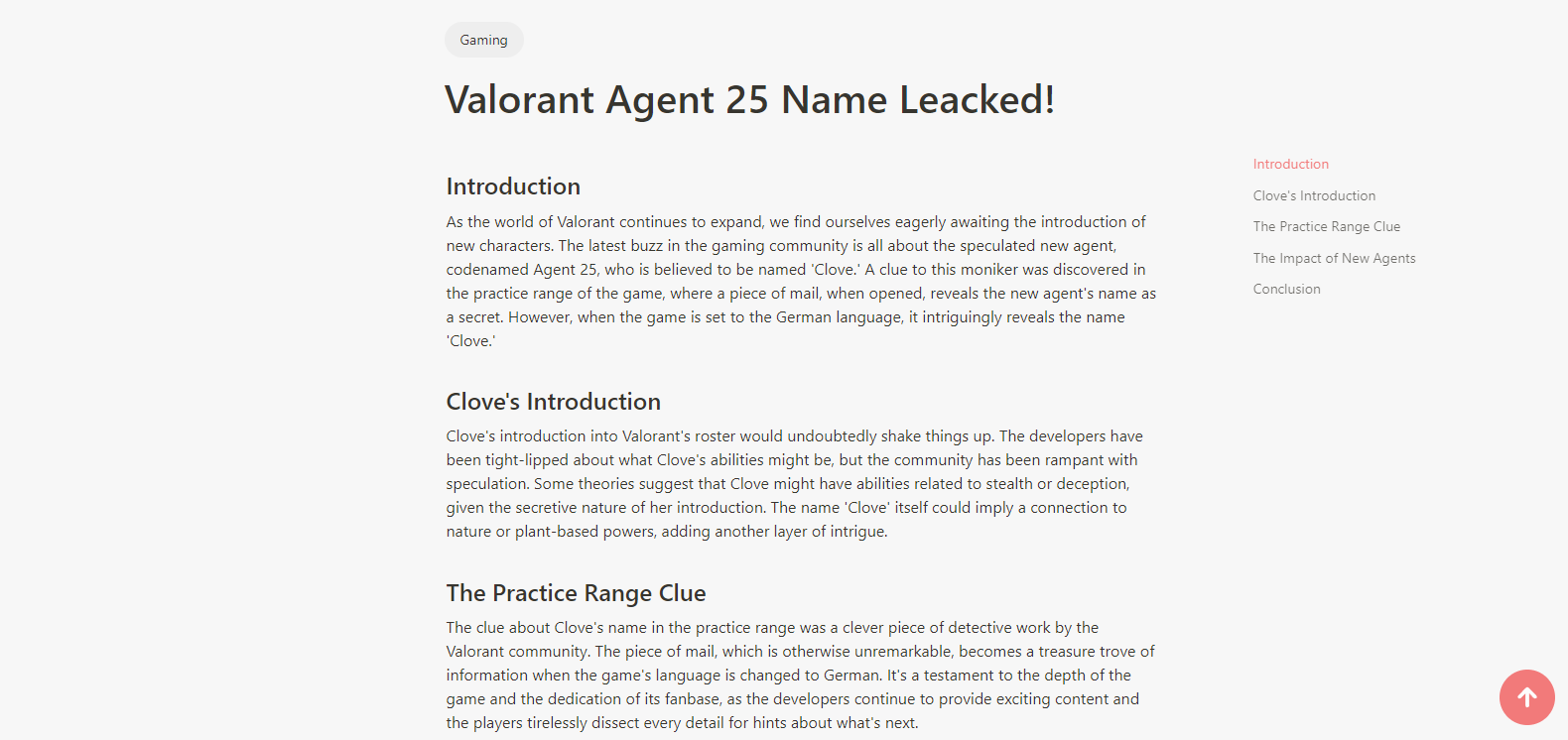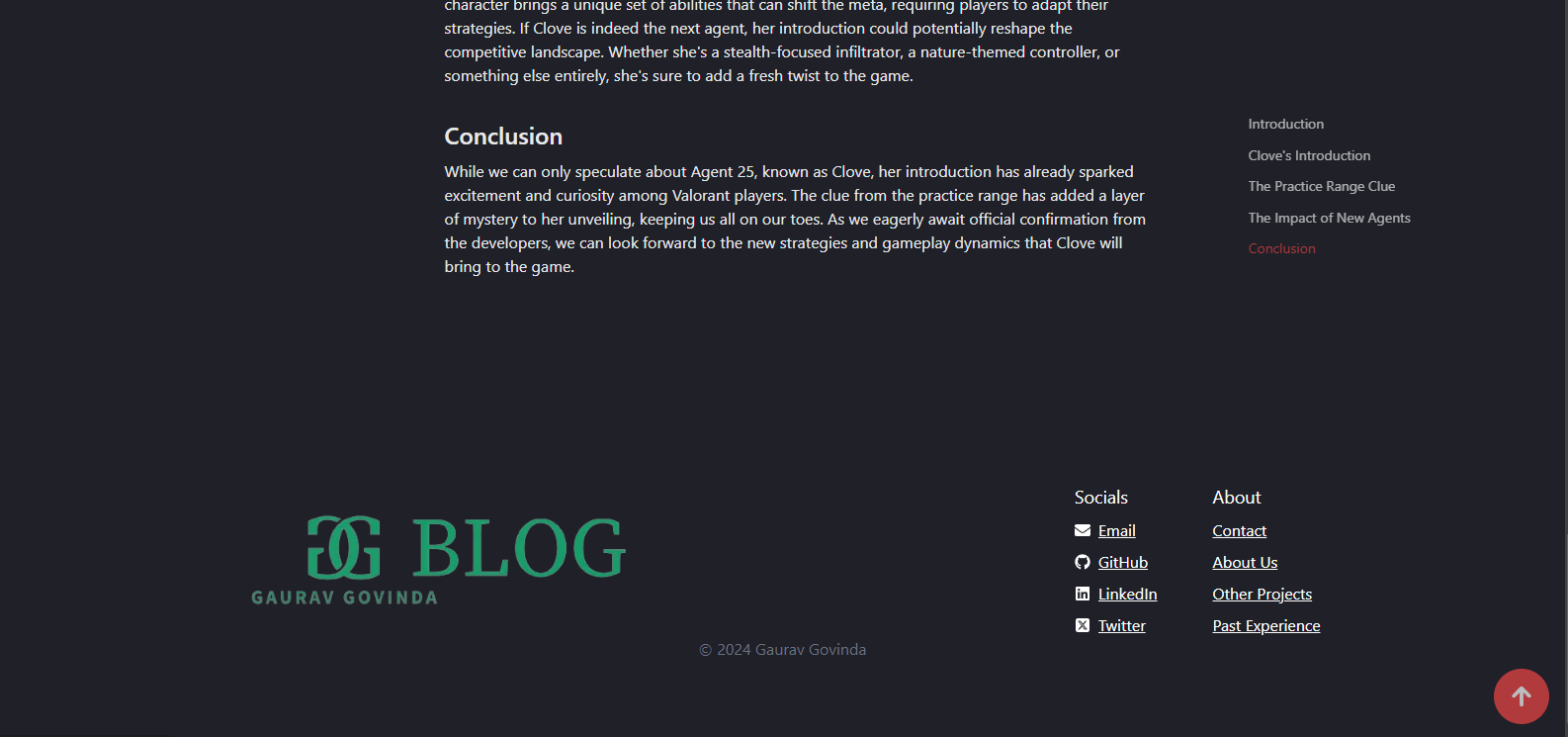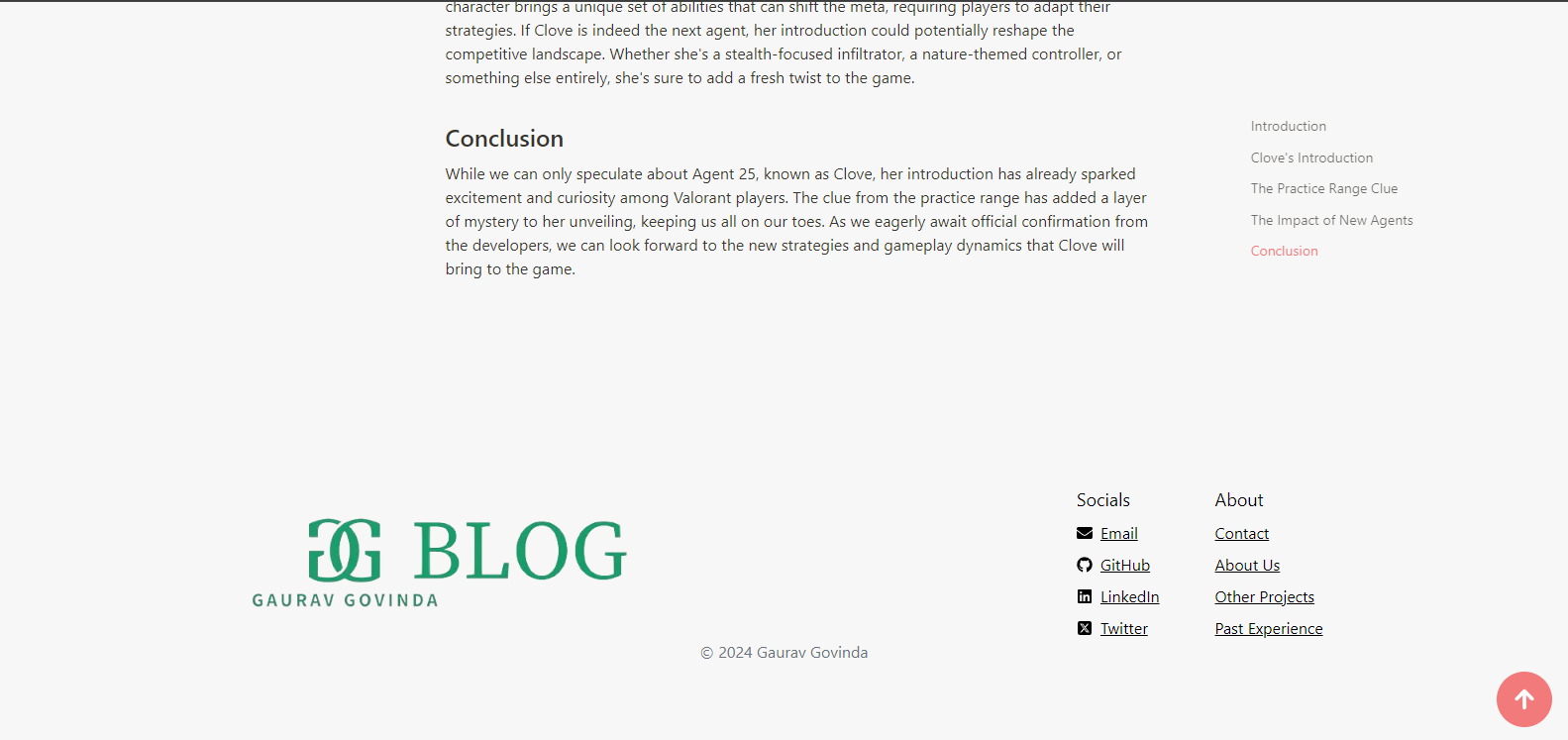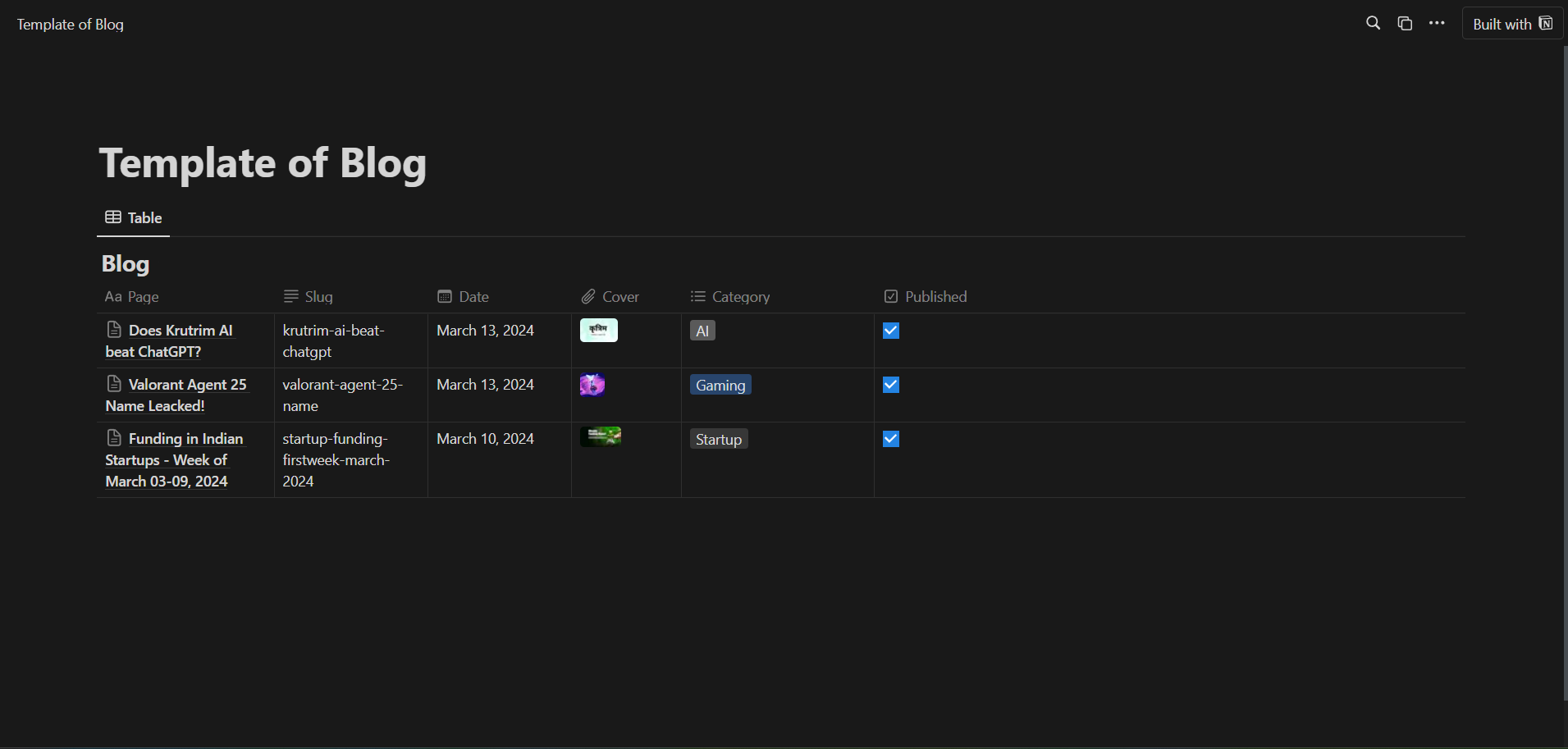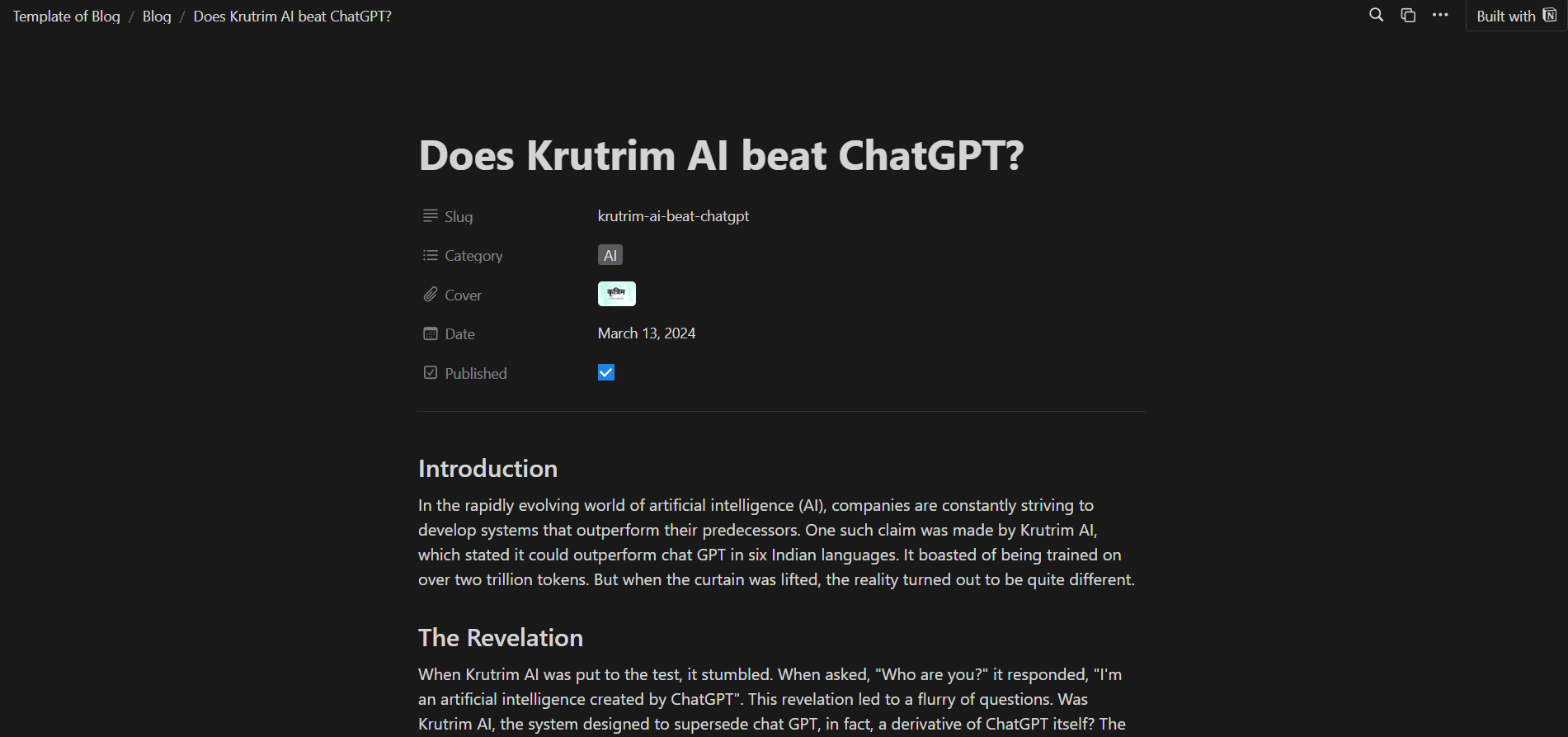- Introduction
- Deployed Website
- Screenshots
- Features
- Technologies Used
- Installation
- Contributions
- License
This repository hosts a Next.js-based blog website with content management capabilities powered by Notion. Leveraging the Notion API, users can seamlessly create and manage blog content within the Notion platform, which is then dynamically fetched and displayed on the website.
The website is deployed and accessible at https://gauravblog.vercel.app/.
- Dynamic Content: Fetches content dynamically from Notion, enabling real-time updates without redeploying.
- Browse by Categories: Users can browse blog posts by categories, enhancing content discoverability.
- Related Topic Blogs: Displays related topic blogs at the end of each blog post, encouraging further exploration.
- Table of Contents: Provides a table of contents beside every post for easy navigation within the content.
- Smooth Animations: Utilizes smooth animations to enhance user experience and engagement.
- Dark and Light Mode: Supports both dark and light modes for improved readability and user preference.
- SEO Optimized: Implemented SEO best practices to ensure better visibility on search engines.
- Next.js: React framework for SSR and routing.
- Tailwind CSS: Utility-first CSS framework.
- Notion Client: Integration with the Notion API.
- React Notion X: Renderer for Notion content.
- Axios: HTTP client for API requests.
- React Icons: Library for customizable icons.
- Recoil: State management library.
- Plaiceholder: Image placeholder generation.
- Sharp: Image processing library.
Before installing, ensure you have the following installed:
- Node.js (preferably the latest stable version)
- npm package manager (you can use yarn, but this guide assumes you're using npm)
- Clone the repository:
git clone https://github.com/Gaurav241/Blog.git
- Navigate to the project directory:
cd Blog
- Install dependencies:
npm install
- Set up environment variables:
Copy the .env.example file to .env:
cp .env.example .env
Then, fill in the environment variables in the .env file:
NOTION_DATABASE_ID: Your Notion database ID.NOTION_AUTH_TOKEN: Your Notion authentication token.API_SECRET: Choose any secure password for route handler authentication.SITE_URL: The URL of your website.
Set SITE_URL to http://localhost:3000 during development.
Set SITE_URL to your production website URL. Ensure it starts with https:// for secure connections.
- Setting Up Notion Integration
To integrate your Notion content with this blog website, follow these steps:
I. Duplicate Notion Blog Template: Find and duplicate the blog template you want to use in your Notion workspace. Notion Blog template
II. Retrieve Notion Database ID: Open the duplicated template, and copy the string of characters from the URL after Blog-. This string is your Notion database ID.
III. Publish Notion Page: Ensure that the Notion page containing your blog content is published by clicking on the "Share" button and selecting "Publish."
IV. Obtain Notion Authentication Token: While logged into Notion, right-click anywhere on the page, select "Inspect," navigate to the "Application" tab, and find the token_v2 cookie. Copy its value.
- Start the development server:
npm run dev
Open http://localhost:3000 in your browser to view the website.
- Build and run for production:
When you're ready to deploy your portfolio:
npm run build
npm run start
Contributions are what make the open-source community such an amazing place to learn, inspire, and create. Any contributions you make are greatly appreciated.
This project is licensed under the MIT License, granting users the freedom to use, modify, and distribute the software for both commercial and non-commercial purposes while retaining the copyright notice and license terms.
